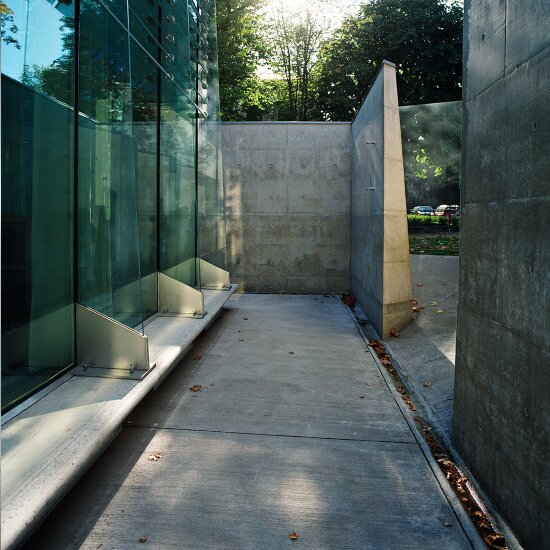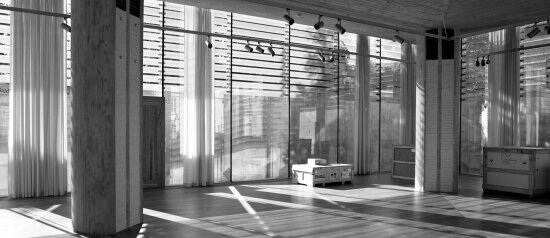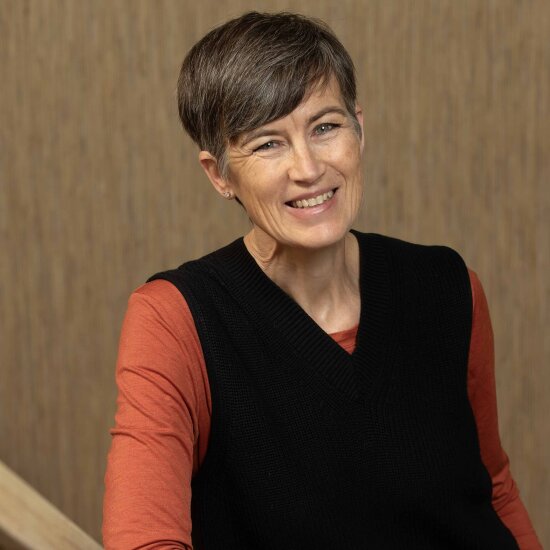Oslo’s museum of architecture, a branch of the National Museum of Art, Architecture and Design, has taken over the oldest premises of the Norwegian Central Bank, designed by Christian Grosch and completed in 1830 as one of Norway’s first monumental buildings in the Empire (Regency) style.
Sverre Fehn was the architect for both the refurbishment of the old building and the new exhibition pavilion. The aim of the refurbishment was to recreate the original character of the buildings while accentuating the structure in the interaction with new elements and spaces.

Introverted situation
All undesirable modern additions have been removed. The original spatial dimensions and features have been partly restored, adapted and refined, and the façades of the main building have been restored to their original appearance.
The idea behind the pavilion was to create an introverted situation, where daylight, the view of the sky and the surrounding environment all play an important role in the experience of the space.
The ground plan is a square, with four massive pillars bearing a delicate shell-shaped roof of light concrete. The façades are of glass, and form a thin layer between outdoor and indoor areas. The pavilion is surrounded by external concrete walls, which extend the sense of space, and give the exhibitions a muted backdrop.
Constructed of light in-situ concrete
Throughout the project, a restrained palette of materials is employed. Tile, white pine, lime plaster. Fittings and new building elements are primarily of oak, glass, marble and stainless steel.
The pavilion is constructed of light in-situ concrete. Access to the museum is through the original building. The main entrance leads in to the functions for the general public, such as the lobby with the reception, bookshop, café and exhibition rooms. Temporary exhibitions are shown in the pavilion, while the museum’s permanent collection will be housed in the former repository building.
To the south, there is access to the park, where there is outdoor catering during the summer months. The museum’s administration, library and assembly rooms are on the first floor. The two top floors of the repository building are used as archives for photography and drawing collections and for registration.
- Architect: Sverre Fehn
- Completion: 2008

